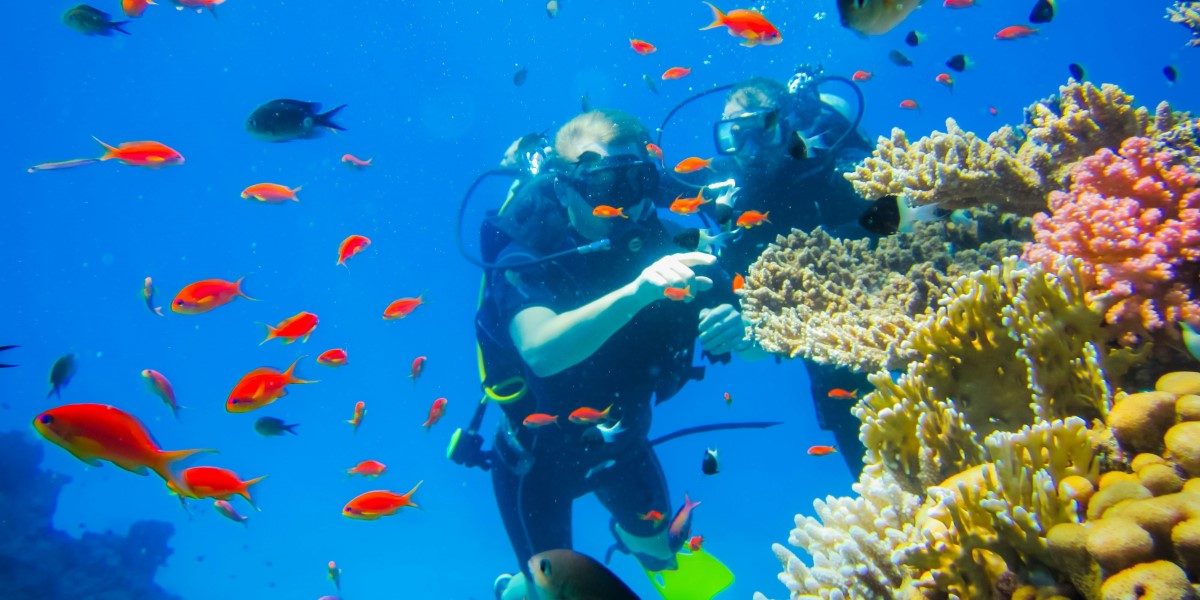New York City, often synonymous with its towering skyscrapers, bustling streets, and diverse culture, is also a critical player in the fight for marine conservation. Situated at the mouth of the Hudson River, the city is not only home to millions of people but also to a wide range of marine life that inhabits the waters around the five boroughs. Despite its urban landscape, New York has taken significant strides in recent years to protect its marine wildlife, raising awareness about ocean health, and fostering efforts to combat climate change. The call for marine conservation is growing louder, and New York is stepping up to meet the challenge.
A Rich Marine Ecosystem at New York’s Doorstep
New York City’s marine ecosystem is diverse and teeming with life. The waters around the city, including the East River, the Upper and Lower New York Bay, and the Long Island Sound, serve as vital habitats for various species of fish, marine mammals, and seabirds. These waters are part of the larger New York Harbor Estuary, which stretches out to the Atlantic Ocean.
The city’s surrounding waters have long supported commercial fishing, shipping, and recreational activities. However, with the expansion of urbanization and industrialization, the delicate balance of marine life in the region has been threatened. Pollution, overfishing, and habitat destruction have all contributed to a decline in marine biodiversity. Yet, New York’s proximity to the water also means it has an important responsibility and an opportunity to act as a leader in marine conservation.
The Role of Government and Organizations in Marine Conservation
Local and state-level initiatives are crucial in the push for ocean conservation. In New York, multiple governmental bodies, non-profit organizations, and community groups have taken on the task of protecting the local marine environment.
One of the most significant steps in the city’s marine conservation journey has been the creation of protected areas, such as the New York Harbor School’s Marine Education Program. This initiative introduces young students to marine science, teaching them the importance of preserving local water bodies. The program also incorporates hands-on projects like oyster restoration efforts and marshland restoration, which play an important role in maintaining water quality and supporting biodiversity.
In addition, the New York State Department of Environmental Conservation (DEC) has been pivotal in regulating commercial and recreational fishing practices, implementing policies to reduce pollution, and ensuring that aquatic habitats are maintained. The DEC has been especially active in the restoration of wetlands and salt marshes, which provide critical protection for fish and other marine species. These habitats serve as nurseries for young marine life, absorbing excess nutrients and protecting shorelines from erosion.
The city’s commitment to sustainable marine practices is evident in the 2019 New York Harbor Plan, which focuses on restoring the health of the harbor, ensuring the city’s continued economic vitality while supporting ecosystems and biodiversity.
The Rise of Urban Aquaculture and Green Spaces
In recent years, New York City has embraced innovative and sustainable practices that have begun to change the way people interact with the environment. One such development is the growing interest in urban aquaculture. Aquaculture, or the farming of fish, shellfish, and plants in controlled environments, has become a key player in sustainable food production.
A major example is Brooklyn’s Greenpoint Fishery, which produces local seafood, reducing the need for shipping fish long distances, and improving the overall carbon footprint of the industry. Other initiatives like the Harbor Harvest Project focus on the restoration of native species such as oysters. Oysters filter water, making it cleaner and clearer for other marine life to thrive. Their reintroduction to the waters of New York has been seen as a natural solution to improving water quality in the harbor.
Similarly, urban green spaces along the waterfront are being repurposed to support marine wildlife. Projects such as Hudson River Park’s Wetland Restoration Initiative have been set up to create a more biodiverse and resilient shoreline. These green spaces also provide residents with opportunities to connect with nature and engage in sustainable practices, including wildlife monitoring and shoreline clean-ups.
The Challenge of Climate Change and Rising Sea Levels
While New York’s marine conservation efforts are commendable, they face significant challenges, particularly the growing threat of climate change. Rising sea levels, more intense storms, and increasing water temperatures all pose serious risks to the city’s marine wildlife.
As ocean temperatures rise, species like fish, crabs, and marine mammals may find their habitats shifting, which can disrupt local ecosystems and the livelihoods of those who rely on the sea. Warmer waters are also linked to the proliferation of harmful algal blooms, which deplete oxygen in the water and suffocate marine life.
In response, New York has integrated climate action into its marine conservation strategy. Under the leadership of the Mayor’s Office of Climate and Sustainability, the city has committed to reducing greenhouse gas emissions and promoting climate resilience efforts. These actions include promoting green infrastructure, such as green roofs, permeable pavements, and sustainable stormwater management systems that can reduce runoff and protect marine habitats.
The city’s efforts are also aimed at improving climate resilience along its coastlines, which includes elevating buildings and infrastructure, restoring wetlands, and ensuring that ecosystems can buffer the impact of storms and flooding.
Collaborative Conservation: Engaging Local Communities
Another cornerstone of New York’s marine conservation efforts is the active involvement of local communities. As one of the world’s most diverse urban centers, New York City boasts a vast network of community organizations, environmental groups, and grassroots initiatives that advocate for the protection of the city’s waterways.
For example, Waterfront Alliance works with local residents to promote clean and accessible waterfronts for recreational activities while encouraging local conservation efforts. Meanwhile, New York Harbor Foundation focuses on involving students in citizen science projects that study the health of the harbor and provide real-time data on environmental changes.
As New Yorkers engage with their waterfronts more intimately, they develop a sense of ownership over the conservation of their local marine environment. This community engagement is key to ensuring the city’s long-term commitment to marine wildlife protection.
A Bright Future for Marine Wildlife
The challenges facing New York’s marine ecosystems are real, but the city’s efforts to protect them are equally significant. From urban aquaculture and educational programs to wetland restoration and community outreach, New York is positioning itself as a leader in the movement to protect marine life.
The call of New York to marine wildlife is one of both urgency and optimism. With growing recognition of the intrinsic value of ocean health, the city continues to take bold steps toward protecting its waters and the creatures that inhabit them. As it adapts to the challenges of the future, New York’s role in marine conservation is only set to grow.
In the years to come, the message from New York’s waterfront will be clear: safeguarding marine life is not just a local concern but a global responsibility, and New York is committed to answering that call.
By joining forces with environmental groups, community organizations, and policymakers, the city is sending a powerful message that its rich marine ecosystem is a vital part of the global ocean health picture. Through concerted effort, collaboration, and innovation, New York is making sure that its marine wildlife has a fighting chance to thrive for generations to come.
















